Nokia 2012 Annual Report Download - page 201
Download and view the complete annual report
Please find page 201 of the 2012 Nokia annual report below. You can navigate through the pages in the report by either clicking on the pages listed below, or by using the keyword search tool below to find specific information within the annual report.-
 1
1 -
 2
2 -
 3
3 -
 4
4 -
 5
5 -
 6
6 -
 7
7 -
 8
8 -
 9
9 -
 10
10 -
 11
11 -
 12
12 -
 13
13 -
 14
14 -
 15
15 -
 16
16 -
 17
17 -
 18
18 -
 19
19 -
 20
20 -
 21
21 -
 22
22 -
 23
23 -
 24
24 -
 25
25 -
 26
26 -
 27
27 -
 28
28 -
 29
29 -
 30
30 -
 31
31 -
 32
32 -
 33
33 -
 34
34 -
 35
35 -
 36
36 -
 37
37 -
 38
38 -
 39
39 -
 40
40 -
 41
41 -
 42
42 -
 43
43 -
 44
44 -
 45
45 -
 46
46 -
 47
47 -
 48
48 -
 49
49 -
 50
50 -
 51
51 -
 52
52 -
 53
53 -
 54
54 -
 55
55 -
 56
56 -
 57
57 -
 58
58 -
 59
59 -
 60
60 -
 61
61 -
 62
62 -
 63
63 -
 64
64 -
 65
65 -
 66
66 -
 67
67 -
 68
68 -
 69
69 -
 70
70 -
 71
71 -
 72
72 -
 73
73 -
 74
74 -
 75
75 -
 76
76 -
 77
77 -
 78
78 -
 79
79 -
 80
80 -
 81
81 -
 82
82 -
 83
83 -
 84
84 -
 85
85 -
 86
86 -
 87
87 -
 88
88 -
 89
89 -
 90
90 -
 91
91 -
 92
92 -
 93
93 -
 94
94 -
 95
95 -
 96
96 -
 97
97 -
 98
98 -
 99
99 -
 100
100 -
 101
101 -
 102
102 -
 103
103 -
 104
104 -
 105
105 -
 106
106 -
 107
107 -
 108
108 -
 109
109 -
 110
110 -
 111
111 -
 112
112 -
 113
113 -
 114
114 -
 115
115 -
 116
116 -
 117
117 -
 118
118 -
 119
119 -
 120
120 -
 121
121 -
 122
122 -
 123
123 -
 124
124 -
 125
125 -
 126
126 -
 127
127 -
 128
128 -
 129
129 -
 130
130 -
 131
131 -
 132
132 -
 133
133 -
 134
134 -
 135
135 -
 136
136 -
 137
137 -
 138
138 -
 139
139 -
 140
140 -
 141
141 -
 142
142 -
 143
143 -
 144
144 -
 145
145 -
 146
146 -
 147
147 -
 148
148 -
 149
149 -
 150
150 -
 151
151 -
 152
152 -
 153
153 -
 154
154 -
 155
155 -
 156
156 -
 157
157 -
 158
158 -
 159
159 -
 160
160 -
 161
161 -
 162
162 -
 163
163 -
 164
164 -
 165
165 -
 166
166 -
 167
167 -
 168
168 -
 169
169 -
 170
170 -
 171
171 -
 172
172 -
 173
173 -
 174
174 -
 175
175 -
 176
176 -
 177
177 -
 178
178 -
 179
179 -
 180
180 -
 181
181 -
 182
182 -
 183
183 -
 184
184 -
 185
185 -
 186
186 -
 187
187 -
 188
188 -
 189
189 -
 190
190 -
 191
191 -
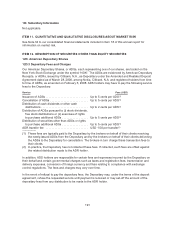 192
192 -
 193
193 -
 194
194 -
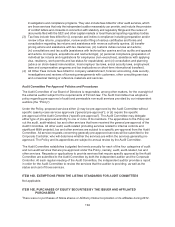 195
195 -
 196
196 -
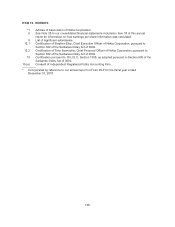 197
197 -
 198
198 -
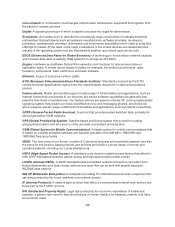 199
199 -
 200
200 -
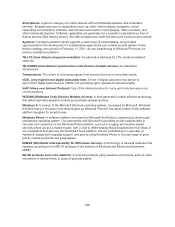 201
201 -
 202
202 -
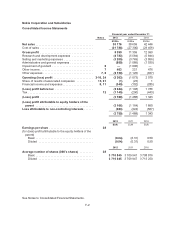 203
203 -
 204
204 -
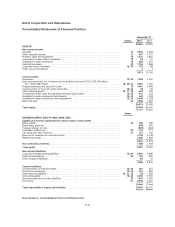 205
205 -
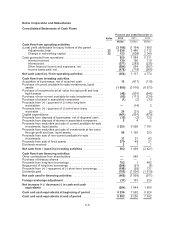 206
206 -
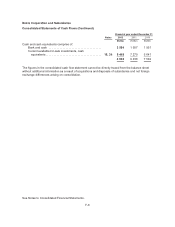 207
207 -
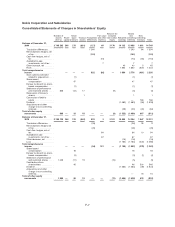 208
208 -
 209
209 -
 210
210 -
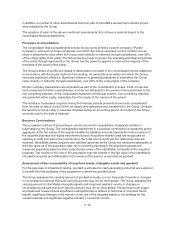 211
211 -
 212
212 -
 213
213 -
 214
214 -
 215
215 -
 216
216 -
 217
217 -
 218
218 -
 219
219 -
 220
220 -
 221
221 -
 222
222 -
 223
223 -
 224
224 -
 225
225 -
 226
226 -
 227
227 -
 228
228 -
 229
229 -
 230
230 -
 231
231 -
 232
232 -
 233
233 -
 234
234 -
 235
235 -
 236
236 -
 237
237 -
 238
238 -
 239
239 -
 240
240 -
 241
241 -
 242
242 -
 243
243 -
 244
244 -
 245
245 -
 246
246 -
 247
247 -
 248
248 -
 249
249 -
 250
250 -
 251
251 -
 252
252 -
 253
253 -
 254
254 -
 255
255 -
 256
256 -
 257
257 -
 258
258 -
 259
259 -
 260
260 -
 261
261 -
 262
262 -
 263
263 -
 264
264 -
 265
265 -
 266
266 -
 267
267 -
 268
268 -
 269
269 -
 270
270 -
 271
271 -
 272
272 -
 273
273 -
 274
274 -
 275
275 -
 276
276 -
 277
277 -
 278
278 -
 279
279 -
 280
280 -
 281
281 -
 282
282 -
 283
283 -
 284
284
 |
 |
Smartphone: A generic category of mobile devices with sophisticated software and embedded
services. Smartphones can run applications such as email, web browsing, navigation, social
networking and enterprise software, and can also have built-in music players, video recorders, and
other multimedia features. Software capabilities are generally more powerful in smartphones than in
feature phones (See feature phone). We offer smartphones under the Asha and Lumia product names.
Symbian: A software platform which supports a wide array of functionalities, and provides
opportunities for the development of sophisticated applications and content by third parties. Under
Nokia’s strategy announced on February 11, 2011, we are transitioning to Windows Phone as our
primary smartphone platform.
TD-LTE (time division long term evolution): An alternative standard for LTE mobile broadband
networks.
TD-SCDMA (time division synchronous code division multiple access): An alternative
3G standard.
Transmission: The action of conveying signals from one point to one or more other points.
VDSL (very high bit rate digital subscriber line): A form of digital subscriber line similar to
asymmetric digital subscriber line (ADSL) but providing higher speeds at reduced lengths.
VoIP (Voice over Internet Protocol): Use of the Internet protocol to carry and route two-way voice
communications.
WCDMA (Wideband Code Division Multiple Access): A third-generation mobile wireless technology
that offers high data speeds to mobile and portable wireless devices.
Windows 8: A version of the Microsoft Windows operating system, developed by Microsoft. Windows
8 shares many of the same core technologies as Windows Phone 8, the latest version of the software
platform designed for smartphones.
Windows Phone: A software platform developed by Microsoft that Nokia is deploying as its principal
smartphone operating system. Our partnership with Microsoft is providing us with opportunities to
innovate and customize on the Windows Phone platform, such as in imaging and location-based
services where we are a market leader, with a view to differentiating Nokia smartphones from those of
our competitors that also use the Windows Phone platform. We are contributing our expertise on
hardware, design and language support, and plan to bring Windows Phone to a broad range of price
points, market segments and geographies.
WiMAX (Worldwide Interoperability for Microwave Access): A technology of wireless networks that
operates according to the 802.16 standard of the Institute of Electrical and Electronics Engineers
(IEEE).
WLAN (wireless local area network): A local area network using wireless connections, such as radio,
microwave or infrared links, in place of physical cables.
200
